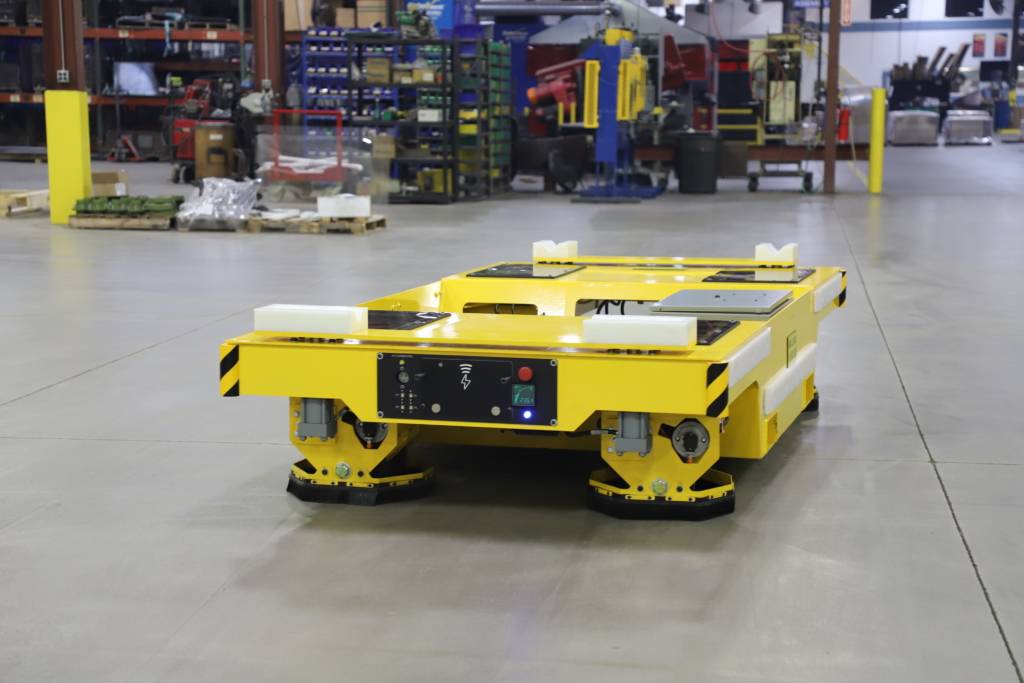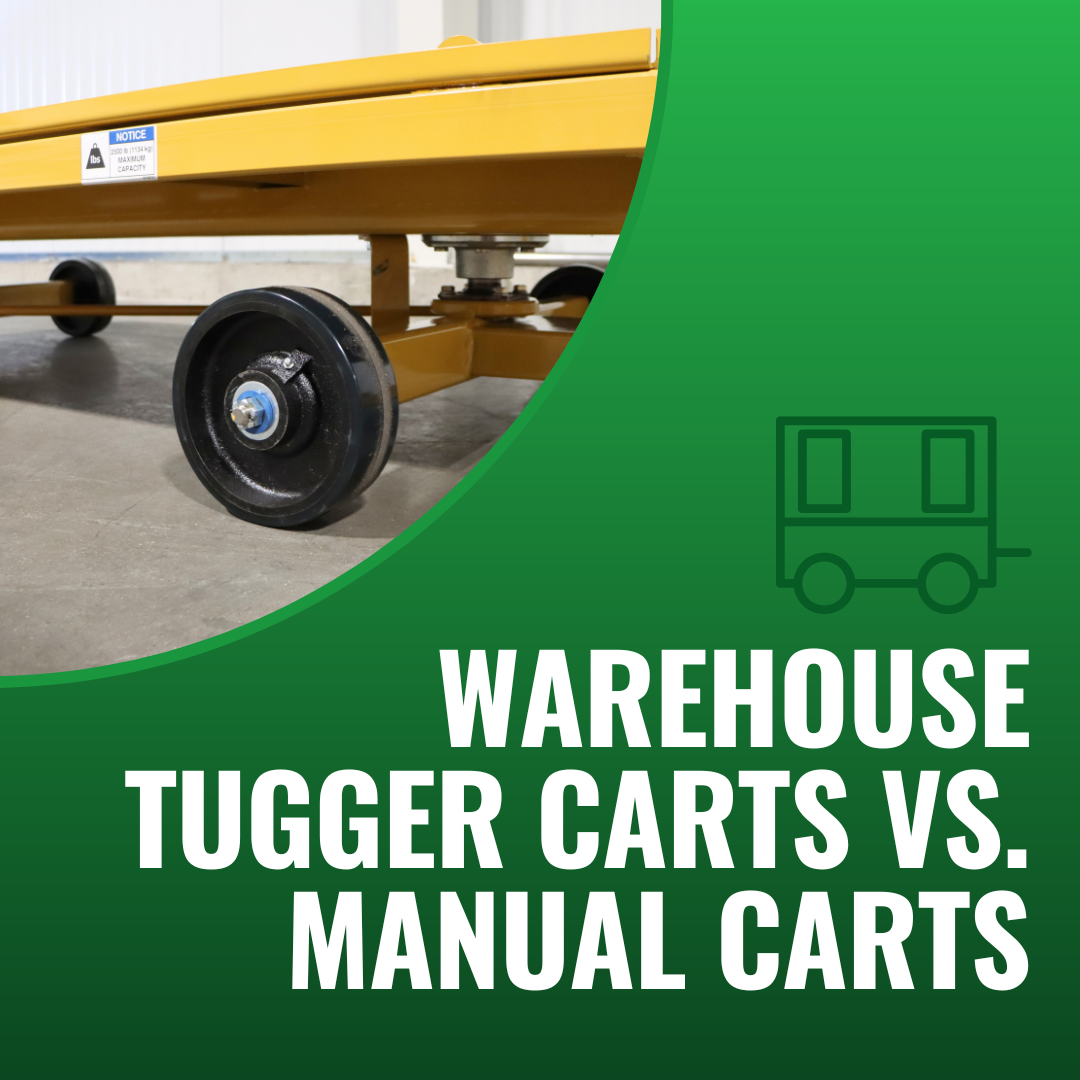10 years of experience as a food machinery equipment manufacturer
10 years of experience as a food machinery equipment manufacturer
The selection of material handling equipment significantly impacts workshop efficiency and operator well-being. Among the essential tools, workshop carts designed for material turnover offer distinct choices: traditional manual push carts and modern electric-powered alternatives. Understanding the strengths and limitations of each type is crucial for businesses aiming to optimize their operations.

Electric workshop carts represent the evolution of material handling, integrating motors to significantly reduce physical strain and enhance productivity. These units feature electric drives that propel the cart forward and manage the lifting/lowering of the turnover mechanism, often controlled via an intuitive interface.
Manual workshop carts remain a reliable and widely used solution. Operator muscle power provides both the pushing force for movement and the energy to actuate the turnover mechanism, usually via a lever or hydraulic pump system.

The decision between an electric or manual material turnover cart hinges on specific operational needs and priorities:
Evaluating the frequency of use, typical load weights, distances traveled, available budget, and the importance of operator health provides a clear direction. The most advanced electric models excel in high-intensity environments where productivity and ergonomics drive value. Meanwhile, manual carts offer enduring value through mechanical simplicity and cost-effectiveness for less demanding tasks or constrained budgets. Ultimately, aligning the cart type with the workshop’s specific demands ensures optimal material handling performance.
